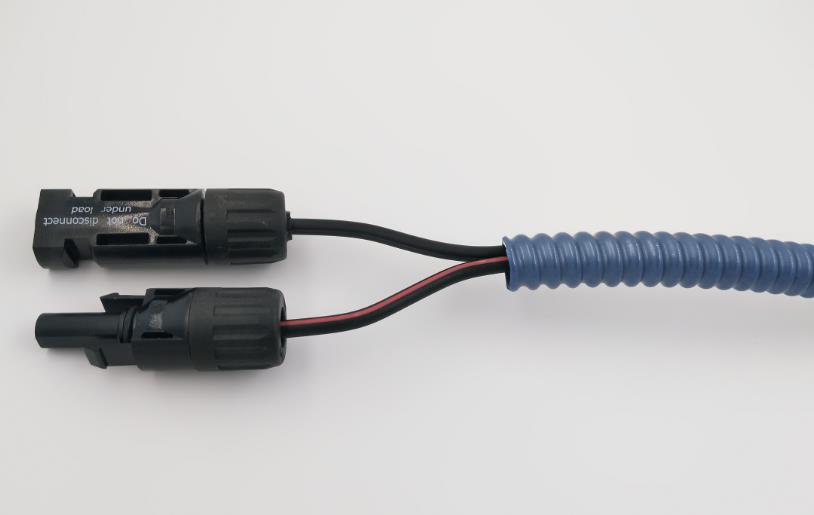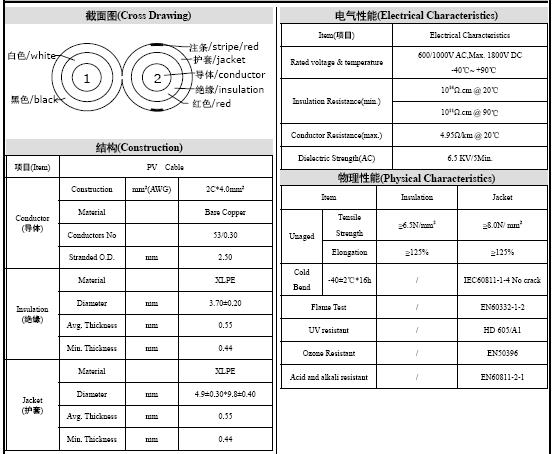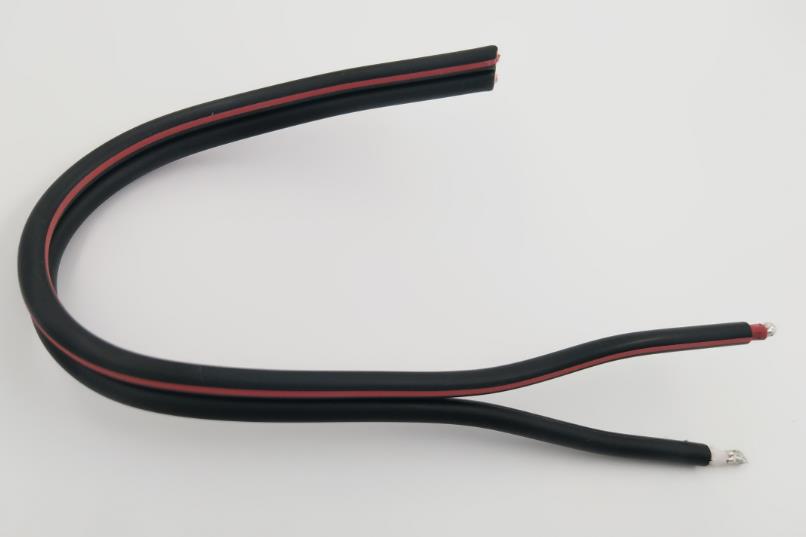about us
News Center
Your current location:Home - About us - News center

In product cost, raw material cost and manufacturing cost are hard cost, accounting for more than 60%, R&D cost, sales cost, management cost, after-sale cost and financial cost are soft cost, accounting for more than 30%. These two costs are to examine a company's operating capacity, belonging to controllable cost. The price of series inverters is reduced from 3 yuan a watt in 2010 to 0.3 yuan a watt in 2019. Mainly in raw materials and management savings. Another kind of cost is the uncontrollable cost of the manufacturer, that is the certification cost, which is the eternal pain in the heart of the photovoltaic manufacturer.
In order to enter the market of a country, photovoltaic products must be certified by the country. This is a key to the market and can not be avoided. The certification of each country is different. The grid-connected standard of inverters in China is NB/T32004, VDE/BDEW in Germany, UL in the United States, JET in Japan and SAA in Australia. To be fair, in the early stage of photovoltaic development, domestic manufacturers are not familiar with foreign standards. Foreign TUV and other standards agencies enter China to help domestic manufacturers correct their products and meet the requirements of developed countries, such as Europe and the United States, so as to enter the European and American markets.

The procedures for obtaining certification in China are as follows:
1. Application: Online application (attachment of relevant information)
2. Type test (i.e. stereotyping test) stage: generally in the design stereotyping stage, the enterprise develops representative samples and sends them to the laboratory for standard full-scale testing (except for the implementation rules otherwise stipulated). Failure can be rectified until it is qualified.
3. Factory inspection stage: inspect the quality assurance capability of the factory (including quality management elements and product design, production process control, procurement of key products, inspection and other requirements) to confirm that the enterprise has the ability to produce qualified products consistent with those sent to the laboratory for inspection. After the first factory inspection of similar products is qualified, the factory inspection report is valid within one year.
4. Evaluating and issuing certificates: In the case of holding valid inspection reports (or confirmation forms) and factory inspection reports, the certification authority shall complete the evaluation work and issue certificates within five working days (after payment by the enterprise).
Assessment content:
Complete data (application form, registration certificate, etc.);
Correctness of information (applicant/manufacturer name address and business license, factory address consistent with inspection report, etc.);
Check the integrity of the project, the validity of the factory inspection report and so on.
5. Post-certification supervision:
Certified enterprises need annual supervision (including product sampling inspection) to ensure that they can produce qualified products continuously and effectively (the most important concern is product consistency). If the supervision and inspection are not qualified, the certificate will be suspended. If the certificate can not be rectified for three months, the certificate will be revoked.
From the above certification procedures, we can see that certification can help enterprises control and improve product quality from all aspects (product design stereotyping, procurement control and inspection of key components, production process control, final product inspection, etc.).
Security certification in different countries can be said to be a passport for photovoltaic inverters to enter the international market. Due to the differences of grid systems and grid-connected policies in different countries around the world, it is still difficult to pass the security certification smoothly.

Is it true that the more certification is done, the better the product quality?
The answer is no, although the country's standard names are different, but more than 95% of the test content is the same, all from the International Electrotechnical Commission (IEC) TC82 working group developed standards. More certification, in addition to repeated testing, multiple charges, there is no other benefit.
In IEC organization, TC82 working group is specially responsible for the compilation of photovoltaic related international standards. In this working group, there are many experts in photovoltaic field from all over the world and many experts with rich experience in power grid work. At present, the IEC standards of components are three: IEC61730 security, IEC61215 performance, IECTS 62804 test method; Inverter: IEC62109 security IEC62116 performance, IEC62727 IEC 61683 grid-connected.
A medium-power 80kW series inverters will cost more than 2 million yuan if they are certified by a set of mainstream countries and regions at home and abroad, including about 600,000 certifications from European countries, more than 500,000 certifications from German medium-voltage BDEW, more than 400,000 low-voltage passes through China and more than 500,000 UL certifications from the United States.
The unreasonable fee system that makes manufacturers suffer is mainly as follows:
1. For the same product, the testing equipment and parameters are basically the same. If it is to be certified by more than 10 countries, it will charge more than 10 fees.
2. Standards and certificates are valid for the same period of time. In some countries, the standards are revised once in 2-3 years. In fact, the contents are not too bad, but certificates must be redone and charged once again.
3. Because of the fierce market competition, equipment manufacturers such as inverters have to upgrade their products frequently. Only the board has been slightly changed and the certification has to be done again.
Some countries, such as Hungary, Indonesia, Malaysia and other countries, directly adopt IEC standards. The photovoltaic industry in these countries can also develop normally. It has been proved that the photovoltaic standards established by various countries, in addition to establishing trade barriers and protecting their products, increase opportunities for profiteering for certification bodies and indirectly hinder the development of the industry. And a world standard can lighten the burden of manufacturers and help the photovoltaic industry to develop forward.